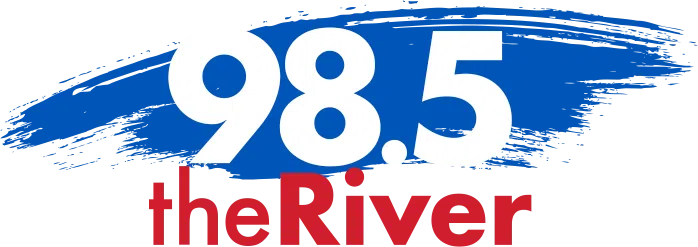By Sabine Siebold
WIESBADEN, Germany (Reuters) -Fenced off behind barbed wire, about 350 soldiers from 31 countries including Ukrainians work in a hangar and air-conditioned green tents at a U.S. military base in Germany.
Their job at the Clay Barracks in Wiesbaden is to match Kyiv’s needs in terms of weapons, equipment and training with offers received from donor countries in NATO and outside the Western alliance as Russia’s war in Ukraine drags on.
Six months after NATO set up a command centre at the base to coordinate military aid for Ukraine, military assistance for Kyiv is evolving, especially when it comes to drone production.
After Russia’s invasion in 2022, NATO states provided support for Kyiv’s military effort largely by depleting their own inventories and Ukraine was heavily dependent on Western defence firms.
Military aid today is increasingly shifting towards bolstering Kyiv’s defence industry, Major General Maik Keller, deputy commander of NATO’s Security Assistance and Training for Ukraine (NSATU), told Reuters at the mission’s headquarters in Wiesbaden.
“Now, we need to change our focus,” Keller said in an interview at Clay Barracks.
He said Ukraine had shown creativity, and praised the speed of its innovation, production and certification processes. The manufacture of drones was an area where NATO states could learn and even eventually buy weapons from Kyiv, he said.
“Defence procurement is not a one-way street. Looking at drones, there is certainly a lot that we might want to buy from Ukraine, though, for now, I believe they need their entire output themselves,” Keller said.
NATO’s Deputy Supreme Allied Commander Europe, Admiral Keith Blount, also says Western allies may learn a lot from Ukraine, in particular on autonomous weapons such as drones.
“We’re learning about power of autonomy in a way that we always imagined was the future, but we are seeing it accelerated perhaps even faster than any of us could have imagined”, Blount told Reuters while visiting NSATU’s headquarters.
He was referring to the use of drones on the sea, beneath the sea and on the ground as well as in the air.
“That has been logarithmic, really, in the pace of adoption and actually the ability for Ukraine not just to learn how to use them, but learn how to make them, which has been fascinating,” he said.
PRESSING NEEDS
Military assistance to Ukraine is evolving as European allies and Canada prepare to increase defence spending amid concerns over Russia’s military ambitions and following demands by U.S. President Donald Trump.
The companies that are producing arms for use by Ukraine will also be needed by NATO members to increase their own weapons stocks, Keller said.
Keller said Ukraine’s most pressing needs were air defence systems, ammunition and anti-tank mines to hold territory without tying down too many troops in the war with Russia.
NSATU was established partly to make Western military aid less dependent on the United States, whose commitment to Ukraine under Trump has been called into question.
A decision by Washington to halt some weapons shipments to Kyiv has underlined those concerns, prompting new concerns in Ukraine on Wednesday about its ability to defend itself.
The United States, however, provides NSATU’s commander and about 9% of its personnel in Wiesbaden.
Most supplies are shipped to Ukraine through a NSATU hub in Poland, which NATO says sends in 18,000 tons each month, and a second hub is being established in Romania.
Keller said he expected military aid channelled by NSATU to remain at least steady for now but that this depended on what political decisions were taken.
Asked whether NSATU would be capable of sustaining Ukraine’s resistance should the U.S. drop out, he said: “Yes.”
He also cautioned, however, that “Europe and Canada would be hard pressed” to replace some critical capabilities such as satellite surveillance although he made clear NSATU itself was not making use of satellite imagery.
(Reporting by Sabine Siebold, Editing by Timothy Heritage)





Comments